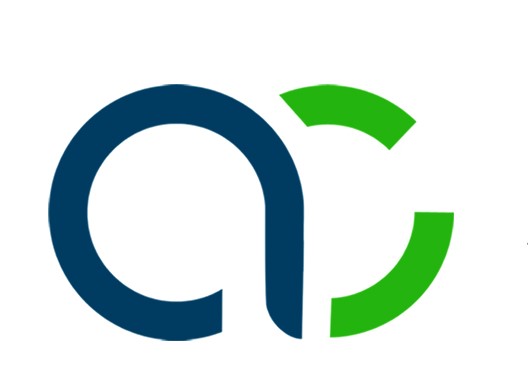Submission of Investment declaration to Employer
As the financial year commences, one crucial task looms over every employee: submitting the investment declaration to their employer. This guide explores investment declaration, vital for tax planning and compliance. Employees disclose intended investments, expenses, and deductions for the upcoming year, influencing take-home pay. Employers use this declaration as a tax planning blueprint for accurate deductions from salaries.
Significance of Investment Declaration
Significance of Investment Declaration:
.     Tax Planning: The declaration empowers employees to strategically allocate funds into tax-saving instruments, minimizing their tax liabilities.
.     Compliance: By furnishing accurate details of investments and expenses, employees ensure adherence to tax regulations and avoid penalties.
.     Salary Structuring: Effective declaration aids in structuring salary components, optimizing tax benefits and take-home pay.
Key Components of Investment Declaration:
.     Income Details: Provide comprehensive information regarding salary, bonuses, incentives, and any additional income sources.
.     Investments: Declare investments in tax-saving avenues like Provident Fund (PF), Equity Linked Savings Schemes (ELSS), and National Pension System (NPS).
.     Expenses: Disclose eligible expenses such as house rent, medical insurance premiums, education loan interest, and donations for tax deductions.
.     Declarations: Affirm the accuracy and authenticity of the information provided through signed declarations.
Steps to Submit Investment Declaration
Steps to Submit Investment Declaration:
.     Familiarize Yourself: Understand the tax-saving options available and identify those aligning with your financial goals and risk tolerance.
.     Document Collection: Gather necessary documents supporting your investments, expenses, and deductions.
.     Complete the Form: Fill out the investment declaration form provided by your employer meticulously, ensuring accuracy and completeness.
.     Seek Guidance: Reach out to HR or the finance department for clarifications or assistance in completing the declaration.
.     Timely Submission: Submit the declaration within the stipulated timeline to facilitate timely tax deductions and compliance.
Post-Submission Actions:
.     Periodic Review: Regularly review your investment declaration to accommodate changes in financial circumstances or investment strategies.
.     Document Maintenance: Maintain meticulous records of investment proofs and expense receipts for future reference or tax audits.
.     Update Changes: Promptly inform the employer about any alterations to your investments, expenses, or income during the financial year for necessary adjustments.
Conclusion: Submission of the investment
declaration is not merely a procedural task but a pivotal aspect of financial
planning for employees. By understanding the process, gathering relevant
documents, and submitting the declaration accurately and timely, employees can
optimize tax benefits, ensure compliance, and pave the way for a financially
sound year ahead.






